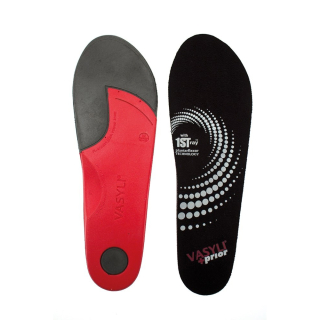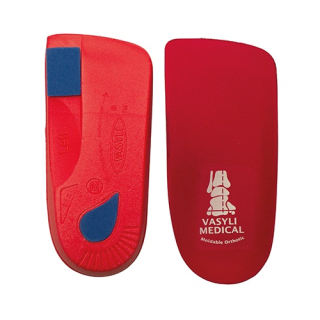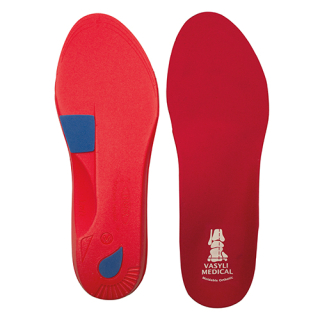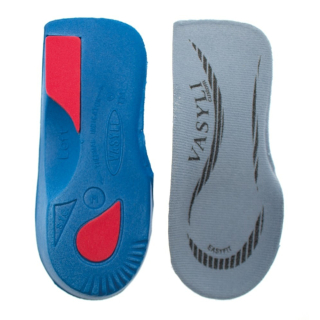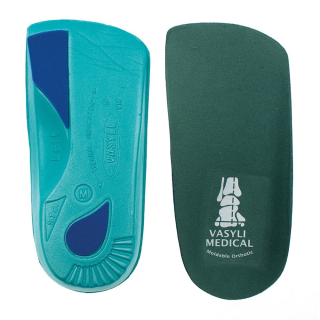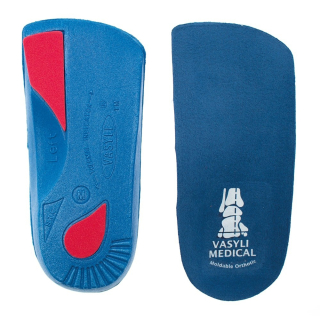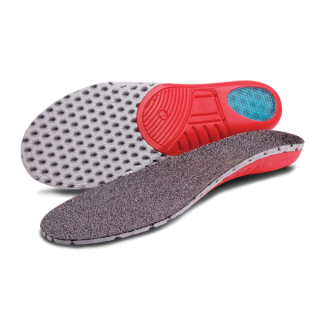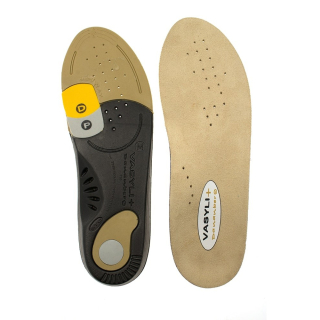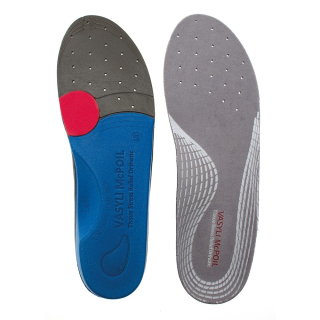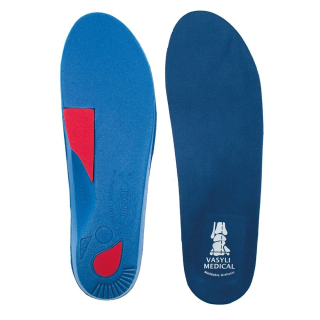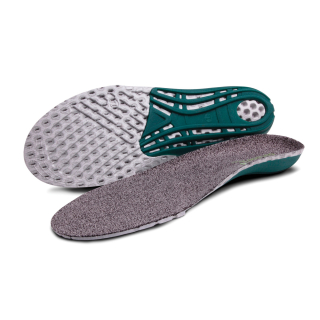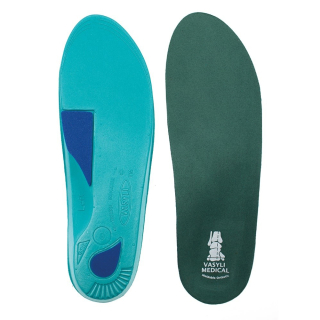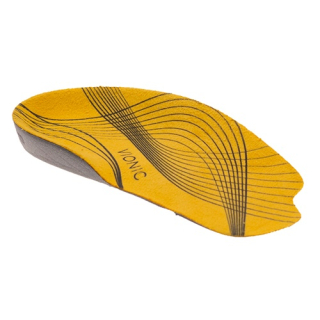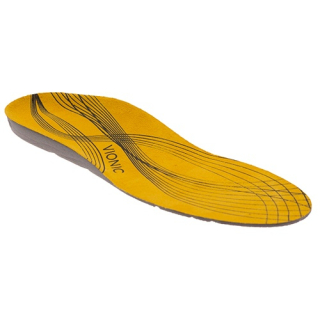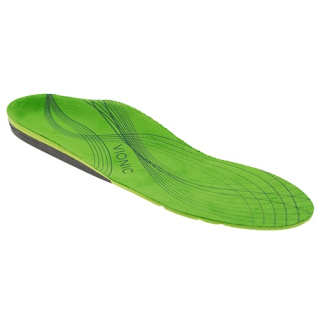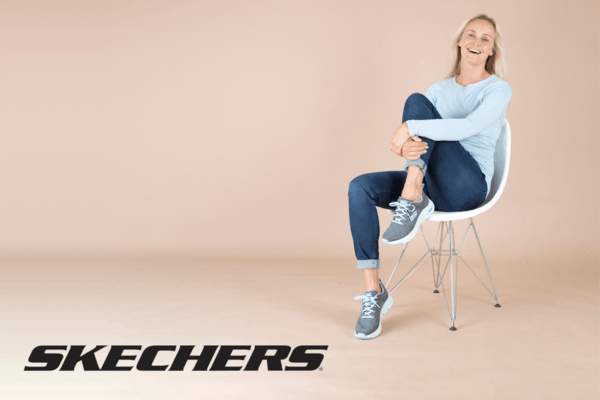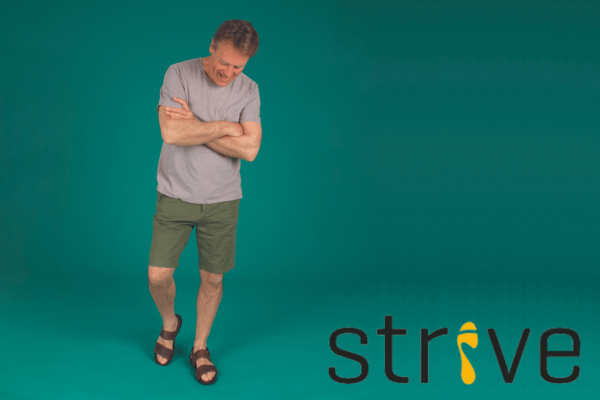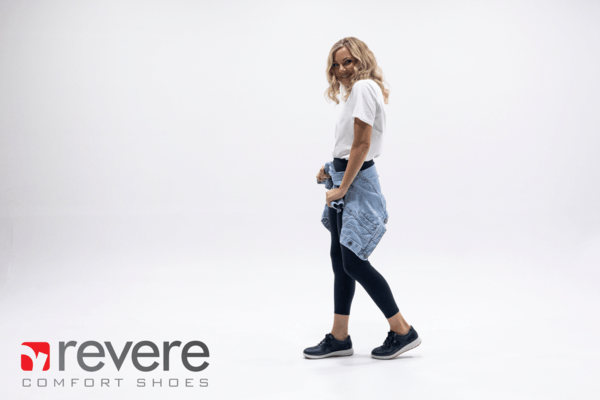Pronation
What is Pronation?
Pronation refers to the way your foot roll inwards.
Causes of Pronation
Pronation can be caused by several reasons. The most common is through genetics or obesity as the added weight can put pressure on to the ankles.
Treatment for Pronation
To treat pronation, you should avoid wearing high heels and invest in good quality footwear that has arch support built into the footbed, our brands such as Vionic, Strive and Skechers Arch Fit™ have a wide selection of these.
Frequently Asked Questions
Can you fix pronation?
Pronation can be improved by wearing good quality shoes that support the feet and provide arch support in the foot bed. You can also use orthotic insoles in your shoes for extra support. Discover a range of arch support orthotic insoles and quality footwear for men and women at Simply Feet.
Does pronation mean flat feet?
Flat feet are associated with pronation when the foot leans inward of the ankle bone. However, flat feet are also known as fallen arches, and occur when the main arch of the foot has lost its shape. Read more about flat feet on our Fallen Arches foot health page.
What happens if you don't fix pronation?
If left untreated pronation can put strain on the muscles, tendons and ligaments that support your arches. This may increase the risk of injury to your foot or leg overtime.

